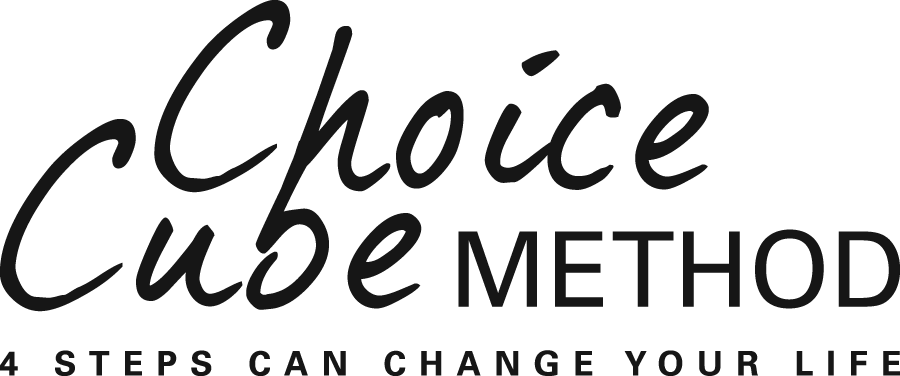Understanding Self-Sabotage: Thief of Personal Growth
/Would you like some input on what might be holding you back from succeeding? What about a practical resource that can help you naturally overcome any fear you have around failure.
practical resource that can help you naturally overcome any fear you have around failure.
Have you ever found that you failed because did nothing at all or did the opposite of what you needed to do? If so, lack of discipline and fear of failure or even fear of success may have caused you to sabotaged yourself!
Self-sabotage is when you act in opposition to what you are trying to accomplish.
Can you relate to the following ways of sabotaging yourself? What about "procrastination" or putting things off. Maybe you had a great idea but never even started to make it a reality. You never quite took action when you knew you should. Instead, you let the idea roll around in your head until you dropped it.
Perhaps you did start something like writing a book or launching a new business, but then you became overwhelmed and piddled along until you let it drop. Or you went gangbusters for a while--until you had a set back--then you quit. You freaked out or froze. You stopped dead in your tracks and never started again.
Why do people fail? What keeps you from becoming the person you were meant to be and from getting where you want to go?
Maybe you have tremendous talent and ability, but still seem to have trouble succeeding. The reason? Call it what you will: procrastination, letting the ball drop, losing your vision or your focus, fear of failure or fear of success, they all lead to self-sabotage and all have one thing in common.
Old wiring of the neurons in your brain causes your subconscious mind to override your conscious desire for success. You go on auto-pilot and do two things that your past experiences have programmed into your subconscious mind.
Firstly, you find it difficult to focus and discipline yourself. Perhaps you never learned how, or you rather play than work. Secondly, you may struggle with fear. This fear is often hidden, but it can cause you to do the opposite of what you need to do to succeed.
The good news is that your brain is not fixed like your shoe size. Also, some failure is a necessary step for success. It's often through failure that you learn from your mistakes. Now, failure is not your focus, but failure is where you can learn and make progress.
With a proper guide and training, your brain can rewire itself and learn new patterns of success. Why not start now to do something different and rewire your brain! My book, Become the Person You Were Meant to Be – The Choice-Cube© Method: Step by Step to Choice and Change http://amzn.to/ZGnDKc can help you understand yourself and give you tools and four key steps for dealing with fears and negative habit patterns.




